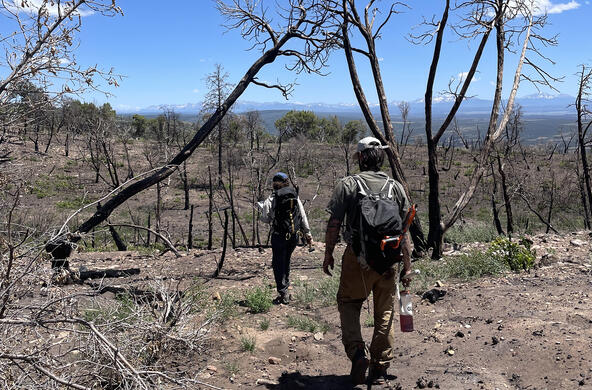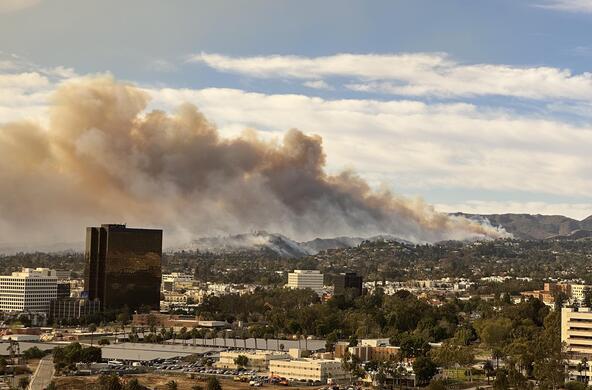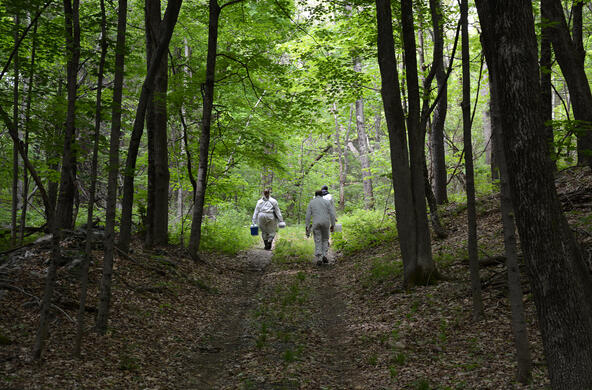
There's a desert in north-central Chile that receives less than six inches of rain a year. Right in the middle of it is a lush mountain forest that is dense with trees, bromeliads, ferns, and mosses.
Fog blowing off the nearby Pacific Ocean provides most of the water needed for these plants to survive. The trees have adapted so that their leaves capture moisture from the fog.
"Fog is atmospheric droplets that kind of hang in the atmosphere, and unlike rain, they often move horizontally, not vertically."
Kathleen Weathers is a scientist at the Cary Institute of Ecosystem Studies. She and her colleagues have been studying this forest, and they've made a surprising discovery.
"Fog delivers water – as you might have guess with fog water – but those droplets are also chalked-full of chemicals too, so it also delivers nutrients. Essential nutrients like nitrogen, or phosphorous, or calcium – the kinds of things plants need to grow."
It is believed that a similar dynamic occurs in California's Redwood Forest, with trees being sustained by fog.
These discoveries are fascinating, but they are also important for the future of the forests. Because if fog can deliver nutrients, it can also deliver pollutants.
It is already established that fog can transfer acid to remote regions, where it damages forests in the same way as acid rain. Fog along the coast and clouds at mountaintops can nurture or kill forests, depending on how we manage air pollution problems.






